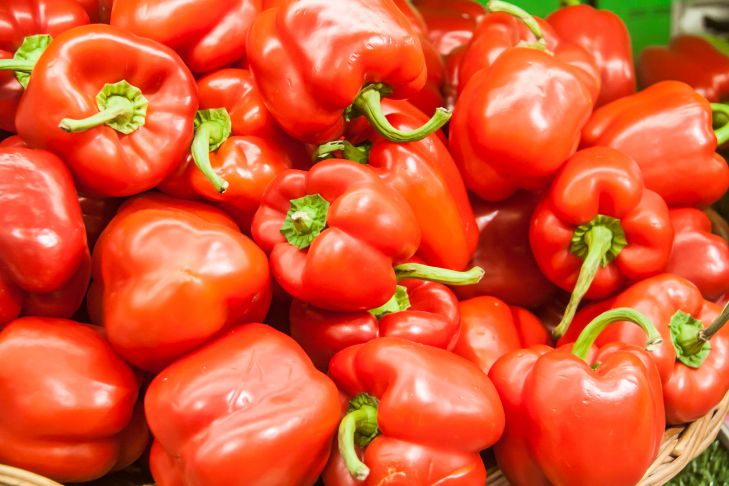How to Grow Large and Sweet Peppers: Secrets of a Successful Harvest
We will share with you a secret that will help you grow large and sweet peppers in your garden.
A pepper harvest can be a real treasure, filling your table with magnificent, colorful fruits.
We offer you a simple and effective method of watering that will help peppers reach maximum growth and give you a rich harvest, says Anastasia Kovrizhnykh .
Choosing the Right Irrigation
Peppers love moisture, so proper watering is key to their successful growth.
It is important to choose a watering method that will meet the needs of the peppers and promote active plant development.

Watering at the root
One of the most effective methods of watering peppers is root watering.
This method allows water to be directed directly to the roots of plants, where it will be absorbed most efficiently.
This approach helps the peppers get enough moisture for growth and development, promoting the formation of large and sweet fruits.
Regular watering
Peppers require regular watering to maintain optimal soil moisture. It is recommended to water the plants several times a week, especially during the period of active growth and fruiting.
It is important to avoid overwatering to avoid root rot and other problems. Monitor the soil condition and adjust the frequency of watering depending on its dryness.
Mulching the soil
Mulching the soil around plants is an effective way to retain moisture and maintain optimal temperatures.
Applying a layer of mulch to the soil surface will help prevent it from drying out and reduce the need for frequent watering.
Mulch also helps protect plants from weeds and keep the soil fertile.
Choosing the Right Water for Irrigation
Choosing the right water for watering peppers also plays an important role in achieving large and sweet fruits.
Water temperature
Use warm water to water your peppers. Cold water can stress the plants and slow their growth.
It is recommended to use water at room temperature or slightly warmed.
Water quality
Water quality is also important for successful pepper watering. Use drinking or filtered water to avoid impurities and chemicals that can negatively affect plant growth.
Foliar irrigation
Avoid watering pepper leaves, especially during hot weather. This will help prevent burns and plant diseases associated with water accumulation on the leaves.
Top dressing and fertilization
To ensure large and sweet fruits, peppers need additional nutrition and fertilizer. Properly selected fertilizers will help plants get the necessary nutrients and stimulate their growth.
Organic fertilizers
It is recommended to use organic fertilizers for peppers, such as compost, humus or organic mineral fertilizers. They will provide the plants with the necessary microelements and nutrients for active growth and the formation of large fruits.
Feeding step by step
Divide the fertilizing into several stages. The first fertilizing is recommended to be done when planting seedlings or after the first shoots appear. Then fertilize every 2-3 weeks throughout the growing and fruiting season.
Observe the reaction of plants
Monitor your plants' response to fertilizer closely. If you notice any negative signs, such as yellowing leaves or slower growth, reduce the amount of fertilizer or review its composition.
Conclusion
Choosing the right watering and additional care is an important factor in obtaining large and sweet peppers.
By following the recommendations described in this article, you will be able to grow magnificent fruits that will decorate your garden and delight you with their taste. Do not forget about regular care of the plants and observe their reaction to the growing conditions.
Get real pleasure from the process of growing peppers and enjoy the results of your labor.
Earlier, the expert told what work must be done at the dacha in January.
